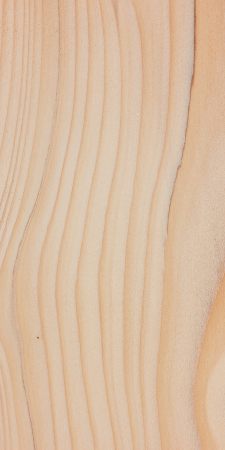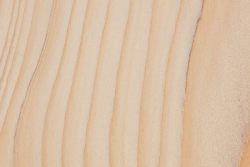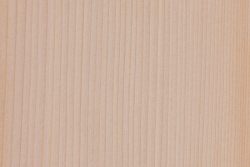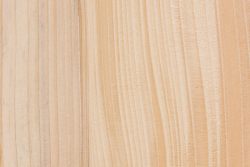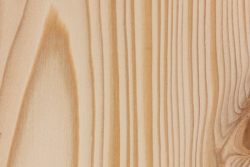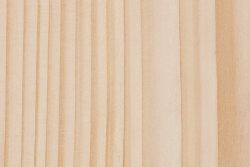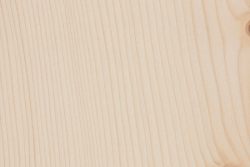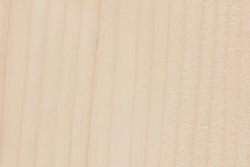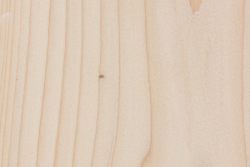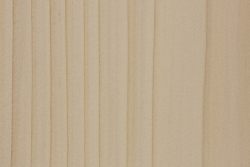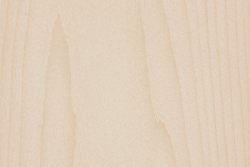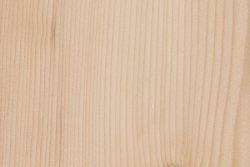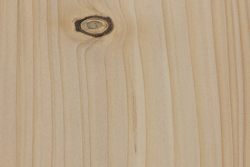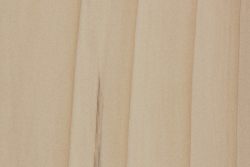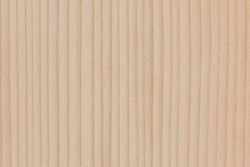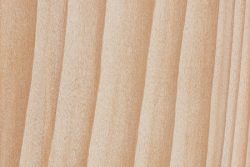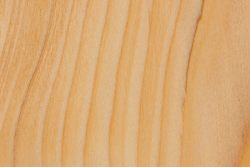Common Name(s): Fir
Distribution: Primarily in mountainous/high-altitude regions worldwide
Genus Size: About 50 species
Mechanical Characteristics: Low density and hardness; generally good strength-to-weight ratio.
Visual Characteristics: Generally very light-colored reddish heartwood that isn’t well demarcated from the sapwood.
Identification: Although Abies is in the Pinaceae family, firs lack resin canals—except in the case of trauma. Hemlock (Tsuga spp.) is difficult to differentiate from fir species: both have similar color, grain, and weight. Both lack resin canals and have little to no discernible scent. Spruce (Picea spp.) and pine (Pinus spp.) are two similar-looking softwoods that can also be confused with fir. However, these two genera both feature resin canals (and pine has a distinct odor), which helps to separate them from fir.
Comments: Abies is the genus that contains all true fir species. Note that Douglas-fir is in the Pseudotsuga genus and is actually more closely related to larch (Larix genus) than fir.
Since species of fir have very poor resistance to decay and insect attack, they are generally used for interior construction purposes. They are usually mixed with other species of spruce (Picea) and pine (Pinus) with similar mechanical characteristics and sold with the stamp “SPF”—spruce, pine, and fir.
In addition to construction lumber, some fir species (such as balsam and Fraser fir) are used for Christmas trees. The wood of some species is also processed into wood pulp and is used for paper products.
Related Content:

